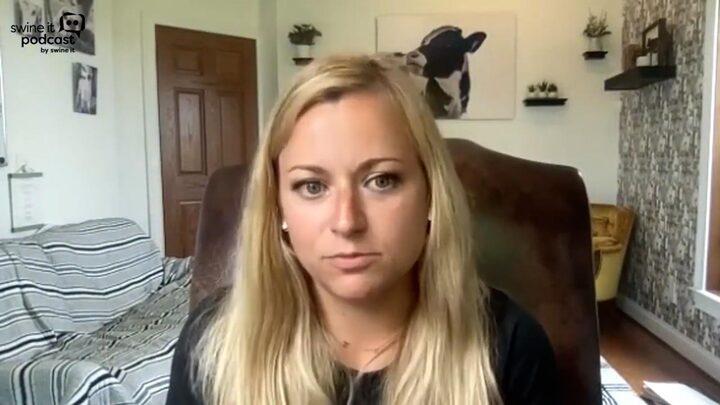Cooling cows in robotic dairy farms. The case of Bandioli farm, Italy
Published: February 7, 2019
By: Israel Flamenbaum / Cow Cooling Solutions Ltd.
Cooling means to reduce heat stress from cows have been developed over the last four decades in Israel and around the world, and are applied to a different degree of success in many farms in the world.
Cooling cows in the farm is based largely on the daily routine, which includes cooling the cows in the waiting yards before and between milking sessions, as well as in the feeding line, around feeding time.
In farms with robotic milking, there are no milking hours defined, and each cow is milked and eat at different hours during the day.
In the spring of 2016, I was invited to consult on heat stress relief, a robot dairy farm belonging to the Bandioli family and located near the town of Mantova, northern Italy. The farm is located in a warm and humid region, with almost 4 months per year where cows suffer heat stress in all or great part of the day. The farm contains of 500 high-yielding cows, which are housed in free stall barns and milked by eight milking robots.
In farms with robotic milking, there are no milking hours defined, and each cow is milked and eat at different hours during the day.
In the spring of 2016, I was invited to consult on heat stress relief, a robot dairy farm belonging to the Bandioli family and located near the town of Mantova, northern Italy. The farm is located in a warm and humid region, with almost 4 months per year where cows suffer heat stress in all or great part of the day. The farm contains of 500 high-yielding cows, which are housed in free stall barns and milked by eight milking robots.
The cooling treatment provided to the cows before my arrival was mainly forced ventilation, operating over the free stalls, provided by ceiling and side fans, as well as small number of fans that operated in combination with sprinklers, in the "waiting yards", in front of the robots. The forced ventilation over the free stalls operated 24 hours a day and cooling treatment in front of the robots was limited to daytime hours. In tests I conducted during my visit, I found that the quality of wetting and force ventilation speed did not meet the requirements. Since my visit was held near the beginning of the summer, it was agreed that the improvement of cooling in the summer of 2016 will focus on improving the existing cooling treatment given in the waiting yards before the robots, this, by adding fans to increase wind speed and improvement of wetting means. Also, an "operation protocol" was elaborated with farm manager, adapting the cooling treatment to special farm conditions.
The cooling management introduced in the summer of 2016 contributed to an improvement in the performance of the violations. However, heat measurements we conducted during this summer, using vaginal heat registers, showed that the cooled interface did not completely prevent the increase in body heat of the cows, and therefore we estimated that the improvement in cow's performance was not the maximum that can be reached. Following the positive response of the cooling system introduced in the summer of 2016, farm owners decided to improve the cooling by adding wetting and forced ventilation means in the feeding line and also, cooling was operated at all cooling sites at all hours of the day, including at night.
Effect of cooling on cow's performance, in 2015, before we start working on cooling improvement, 2016 with partial cooling and 2017, with complete cooling treatment are presented in figures 1 - 3.
Figure 1 - Average daily milk yield (all cows), in different months of 2015 (before staring intensive cooling), 2016 (with partial cooling) and 2017 (with maximum cooling).
Figure 1 - Average daily milk yield (all cows), in different months of 2015 (before staring intensive cooling), 2016 (with partial cooling) and 2017 (with maximum cooling).
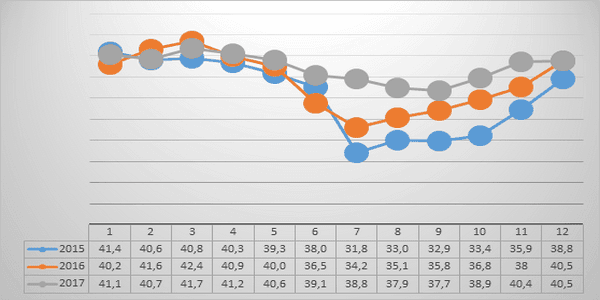
Figure 2 - Average daily peak yield per (adult cows) in different months, in 2015 (before starting intensive cooling), 2016 (with partial cooling), and 2017 (with maximum cooling).
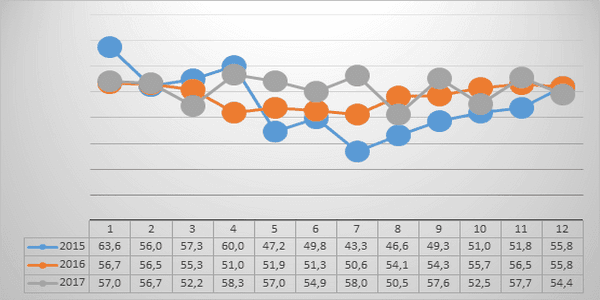
Figure 3 – Conception Rate (%), of adult cows, inseminated in different months, in 2015 (before starting intensive cooling), 2016 (with partial cooling) and 2017 (with maximum cooling).

The information described in Figures 1 through 3 clearly shows the gradual improvement in cow's performance during the summer due to the improvement in cooling intensity in summers 2016 and 2017. The average daily milk production per cow was similar during the winter and spring months (January-May), in the 3 years studied. As of June, a gap began to open for the production years in 2016 and a larger gap (5 to 8 liters per day compared with the year prior to beginning of intensive cooling) was recorded in the summer of 2017. A similar picture is obtained for peak lactation of adult cows, with 10 liters per day higher in peaks reached in 2summer 2017, as compared with the year before intensive cooling started.
Especially impressive was cooling effect on conception rate in the summer. Unlike summer of 2015, when the conception rate fell to less than 15 percent in inseminations given in the summer, the conception rate in summer 2017 was more than 40 percent, near 25 percentage points higher than summer of 2015, almost with no difference from those reached in winter months of that year.
The results obtained during the last two summers in the Bandioli farm confirm that, by continuously activating the cooling systems in all "cooling sites" (cooling that combines wetting and forced ventilation) in waiting yards in front of the robots and the feeding line, can significantly improve milk production and fertility during the summer months, reaching levels which are close to those achieved during the winter months.
The special requirements for cooling cows in robot farms (usually, the use of more water and electrical power per cow) brought us to the conduct an economical study, making use of a special computer program which I developed recently, in order to amine the cost-benefit of cooling the cows milked by this technology. The calculation was based on real result from Bandioli farm, with an increase of 900 liters in the average annual yield per cow between 2015 and 2017 (an increase of 7%). I also estimated a 5% improvement in "feed efficiency" (feed conversion to milk), in the 120 summer days in the region, and an average of 5 "open days" less in calving interval, due to the improvement in cow's summer fertility, with an estimated value of 5 euros for each "open day". Milk price to the farm was of 0.42 euros and the food price of 0.24 euros per kilogram dry matter (DM) of milking cows mix. The total investment in purchasing farm cooling equipment was of 400 Euro per cow, and operation cost of the cooling system (mainly electricity), was of 40 Euros per cow per year.
The operation of cooling system, as given in the Bandioli dairy farm, contributed to an additional annual net income for the cow (after covering all the expenses) of 245 euros, and 120,000 euros for the entire dairy farm.
It can be concluded that the "mode of operation" of cooling in the robotic farms, characterized as "voluntary cooling" of the cows, enables a significant improvement in cow's performance in the summer and, although the obligation for "all day operation" of cooling system in all sites and all daytime, and the high cost resulting from this, the significant improvement in cow's performance, as reached in the "Bandioli study", enables a significant increase in farm profitability.
Picture 1 - the "front of robots" area, as it was in 2015, before the introduction of intensive cooling in Bandioli farm.
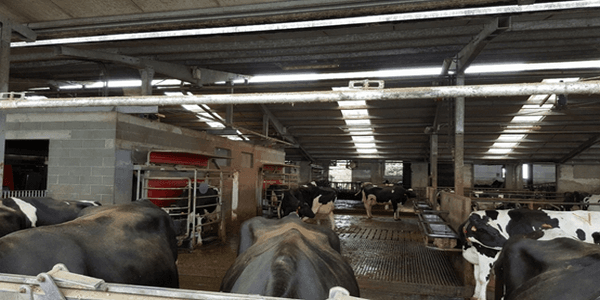
Picture 2 - the "front of the robots" area, as it was in 2017, after the introduction of intense cooling in Bandioli farm.
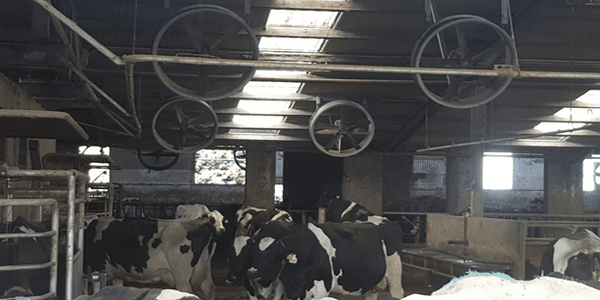
Figure 3 - The feed line area, as it was in 2017, after the introduction of intensive cooling in Bandioli farm.
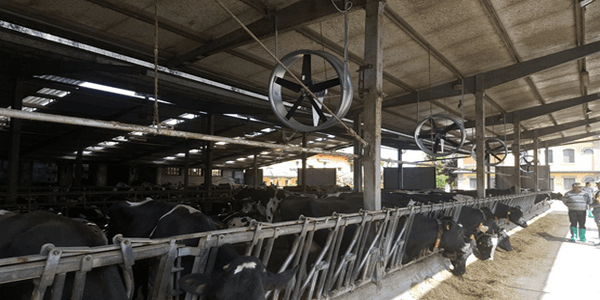
Related topics:
Authors:
Recommend
Comment
Share
1 de marzo de 2019
Dear Sir,
At what speed the air was blown and at what interval the water was sprayed on the animals?
Was there any variations of speed of air and water sprinkling intervals in a given day especially summer?
Recommend
Reply
Bioret Agri
10 de febrero de 2021
Good afternoon Israel,
Very interesting purpose ad nice results.
There is one way to do much better ! Almost in Italy where the summer temperatures are high…
Cooling cows from top to bottom with fans is a good idea.
But do not forget to cool them from the bottom up when they are lying in the cubicles because most mattresses are insulating and do not allow the cow to evacuate her body heat.
The best combination on the current market is the AQUACLIM mattress by Bioret Agri + a good ventilation system.
In this way the cow is cooled on her upper body and, thanks to the active AQUACLIM mattress, she also evacuates her calories downwards.
In order to fight effectively against heat stress and, to protect your herd against climate change, in order to maintain milk production, this is the best solution on the market today.
If you are interested I can send you more details.
P.S : Regarding Bioret waterbeds, nel 2020, all'ultima fiera di Verona, il premio per il miglior allevatore d'Italia è stato assegnato a Francesco ARNOLDI che utilizza i materassi AQUASTAR.
Best regards.
Recommend
Reply
Recommend
Reply

Would you like to discuss another topic? Create a new post to engage with experts in the community.








